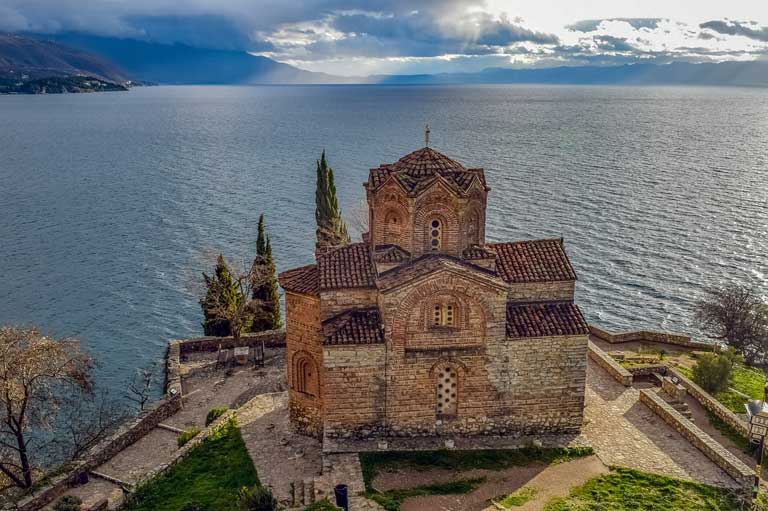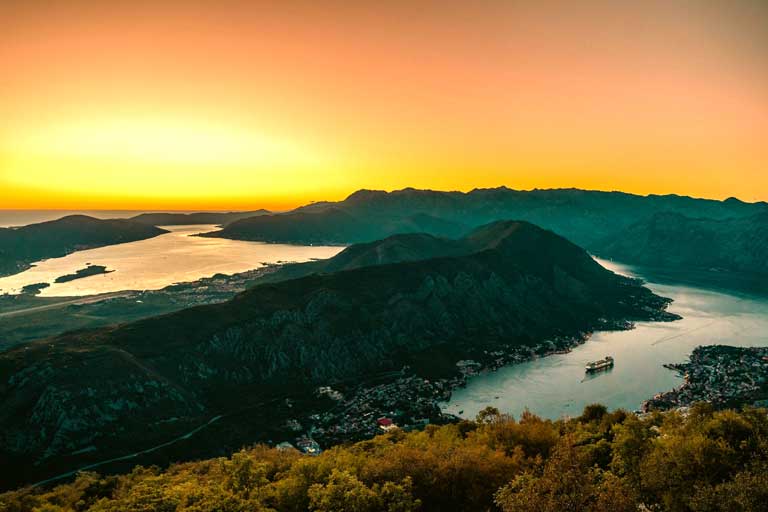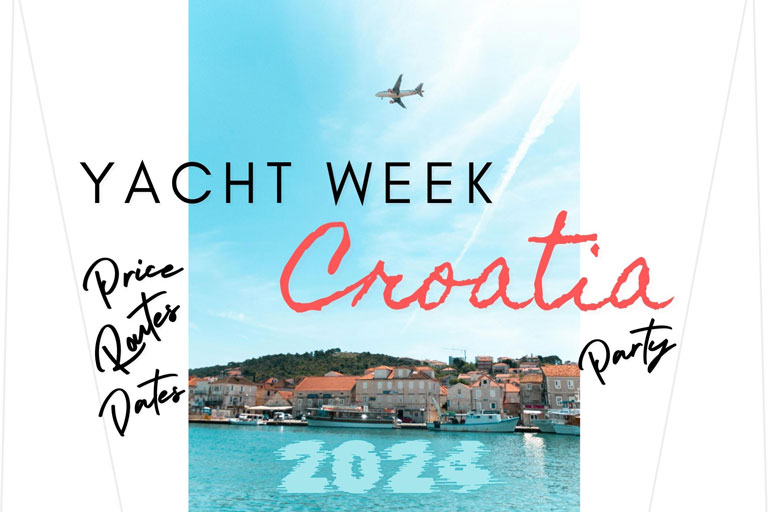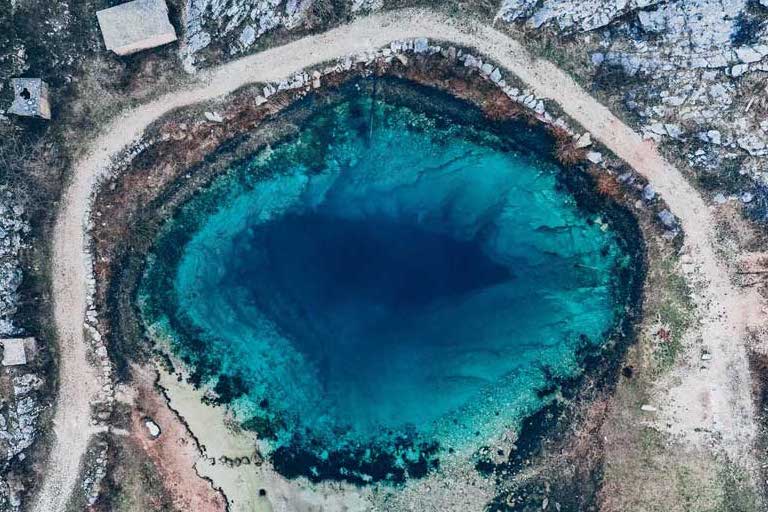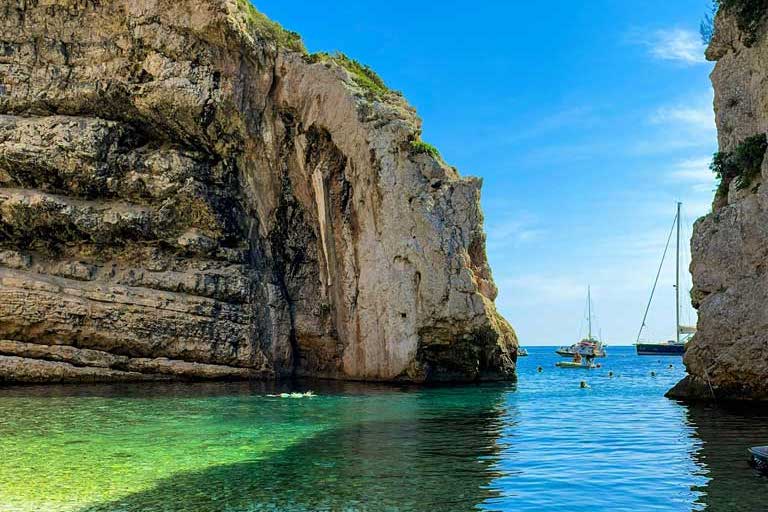After North Macedonia declared independence from Yugoslavia in 1991, they selected the name Macedonia, which as a result, created a conflict with Greece, as they had a region with the same name.
Did you know they changed its name from The Republic of Macedonia to The Republic of North Macedonia?
Greece’s Macedonia is located in the country’s northern and mountainous part and includes Thessaloniki, its second-largest city. The dispute lasted for 27 years until Macedonia decided to add “North” to its name in Feb 2019.
Things to Know Before You Visit North Macedonia
Here are a couple of things you should know if you decide to visit the Balkan country:
North Macedonia Flag
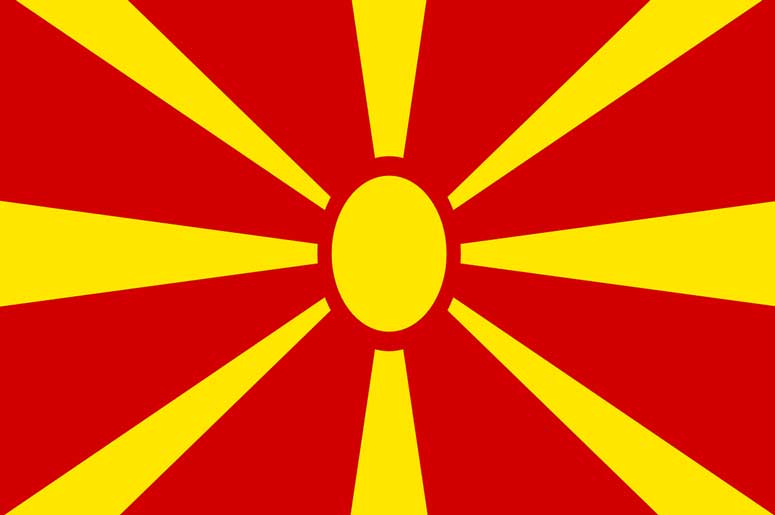
The national flag has a yellow sun, placed on a red backdrop, with eight rays spreading out from the centre to the field’s edge. Miroslav Grcev was the one who created the flag. The country eventually adopted the national flag on Oct 5th, 1995.
What Each Part of the Flag Means?
The eight rayed sun depicts the “New Sun of Liberty.” The phrase has been mentioned in the country’s national anthem called the “Denes nad Makedonija.”
North Macedonia Map
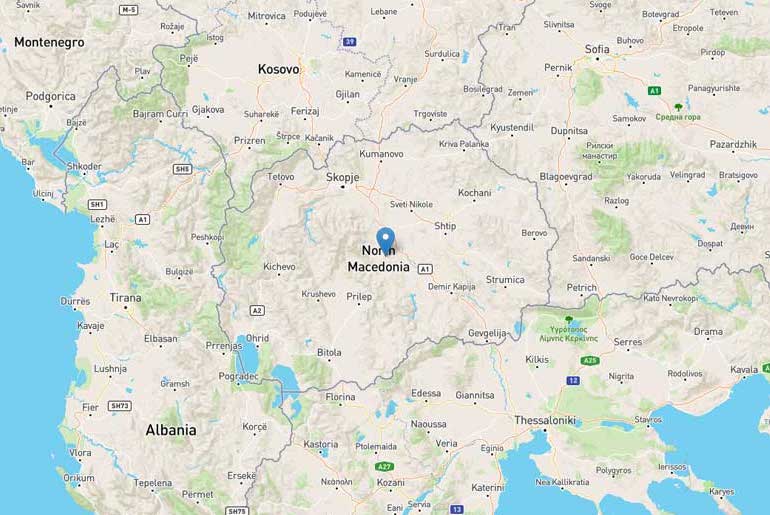
Where is MKD Located?
North Macedonia is situated in Southeast Europe’s Balkan Peninsula.
North Macedonia’s Neighbouring Countries
To the north, the neighbouring countries are Serbia and Kosovo. Other countries are Bulgaria to the east, Greece to the south, and Albania to the west.
What is North Macedonia’s Abbreviation?
The country’s abbreviation is MK or MKD. If you ask why North Macedonia’s abbreviation is MKD, the answer is it’s the Macedonians’ local abbreviation. As a matter of fact, Greece has sparked a debate that MKD abbreviation shouldn’t be used.
Official Language(s)
The country’s official language is the Macedonian language. Additionally, at the state level except for the central police and defence, the co-official language is Albanian. Albanian is also widely spoken in the local self-governing units.
Capital of North Macedonia
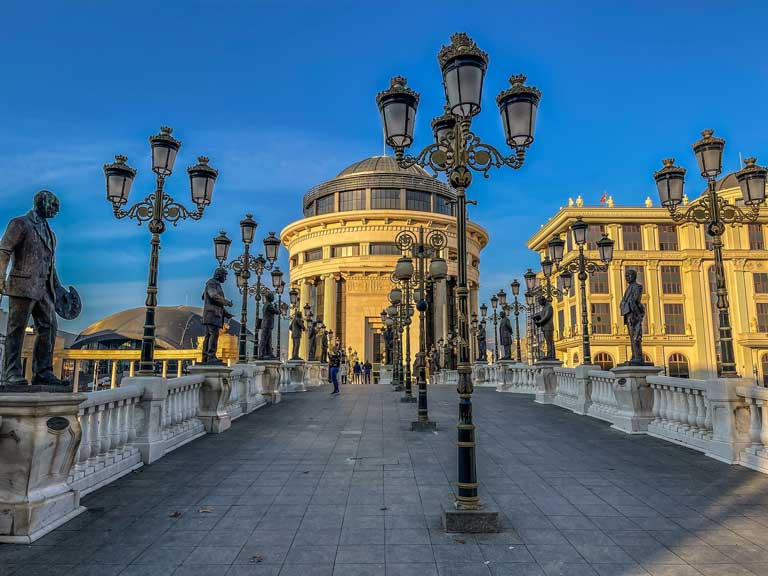
Skopje, like many major cities from ex-Yugoslavia, has rebuilt its identity and plays a vital role as the capital of North Macedonia.
North Macedonia’s Population
The country’s population is 1,832,696 as of 2021.
Cities in North Macedonia
| Cities in North Macedonia | Population |
| Skopje | 606,000 |
| Kumanovo | 70, 842 |
| Bitola | 74, 550 |
| Tetovo | 52, 915 |
| Prilep | 66, 246 |
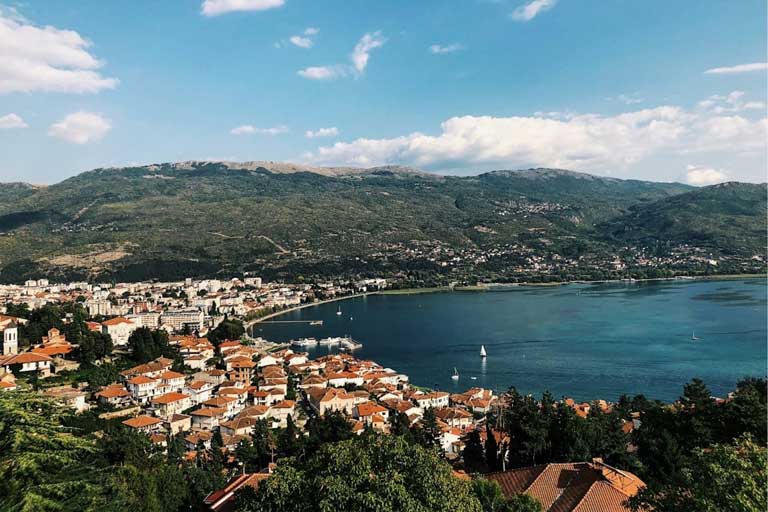
Ohrid is also a well known city and a popular destination in North Macedonia. UNESCO has recognised the town, after some archaeologists’ discoveries, as one of the oldest human settlements in Europe.
Ethnic Groups
The country has one major ethnic group and six minor ethnic groups. They include the Macedonians (64.2%), Albanians (25.2%), Turks (3.86%), Romani (2.66%), Serbs (1.78%), as well as Bosniaks (0.84%), and Aromanians (0.48%).
North Macedonia’s People
Macedonians value family, culture, and history. They are soft-spoken yet talkative and like to inject humour into conversations. They are patriotic and maintain a strong association with their regional identities. Generally, they are generous, polite, helpful, and hospitable.
Macedonians also enjoy folk dancing and folk music. You will find several popular festivals held in the country such as the Balkan Festival of Folk Songs and Dances in Ohrid, the Skopje Jazz Festival, and the pre-Lenten Carnival in Strumica.
Moreover, wood carvings and icon paintings have been prevalent in North Macedonia for centuries with people continuing to create them today. Macedonians are talented individuals who know how to enjoy themselves and have a good time.
North Macedonia Religion
The country is known for its diverse population. It is comprised of Orthodox Christians (61.6%), Islam (36.6%), Catholicism (0.4%), and Other (1.4%).
Area
The country has an area of 25,713 sq km or 9,928 sq mi.
Landscape
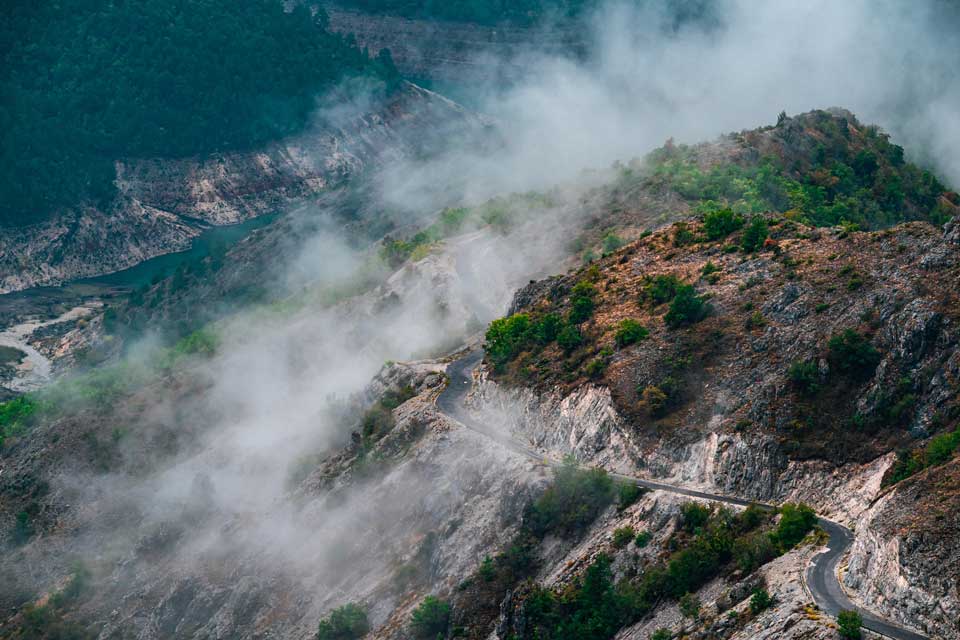
It’s a mountainous country with hills and mountains making up around 80% of its landscape. The country has several peaks that are over 2,000 m. You will find Sar Mountains and Skopska Crna Gora Mountains, Mount Korab, and many more. The country also has three protected national parks – Pelister, Mavrovo, and Galichica. The country also has several lakes and rivers such as the Aliakmon River, Vardar river basin, and Morava river basin.
The three major lakes of the landlocked country are Lake Prespa, Lake Ohrid, and Lake Dojran. The country is also referred to as “The Land of Lakes” because water covers an area of 857 sq km whereas land covers an area of 24,856 sq km. Apart from lakes, rivers, and mountains, the country also has several springs and hot springs.
Travel to North Macedonia
Here’s what you need to know before going to your North Macedonia holiday:
You need to obtain travel and medical insurance. Do you need a visa?
Visa for North Macedonia
Nationals of EU member states and Schengen visa holders don’t require a visa to travel to North Macedonia.
Main Airports
Presently, the country doesn’t have a flag carrier. Turkish Airlines is the biggest transfer carrier with regular flights to North Macedonia.
Main airports in the country are Skopje Airport and Ohrid Airport. TIU charters flights to North Macedonia from England.
North Macedonia Currency
The country’s currency is called Macedonian Denar (MKD).
North Macedonia’s Emergency Numbers
Police – 192
Fire – 193
Ambulance – 194
Time Zone
The time zone is Central European Time.
Tel Code
The telephone code is +389.
Is North Macedonia Safe?
Yes, it is a safe country. Just like any country, you need to remain vigilant in large crowds and keep your personal belongings close to you.
Climate/ Weather
North Macedonia’s summers and autumns are dry and warm, while winters are moderately cold and snowy. From Jun to Sep, you can expect pleasant weather with limited rainfall. The highest average temperature is 26C in July. The lowest average temperature is 3C in January.
Read further on best time to visit North Macedonia.
North Macedonia’s Traditions
Cuisine
The country’s traditional dishes have been influenced by Turkish and Mediterranean cuisine. Some of the country’s traditional cuisines include grilled beef kebabs (kebapcinja) and burek. Their burek is a type of flaky pastry stuffed with meat, cheese, or spinach.
Macedonians are also fond of other types of food such as taratur and baklava. Taratur is made of yogurt with cucumber. The country’s specialties include a sauce made using sweet red peppers (ajvar), and a “shopska salata” salad. The salad is made of cucumbers, tomatoes, onions, and softened white cheese.
Besides the salata and ajvar, the Macedonians love their baked beans, called tavce gravce. Their selsko meso dish includes pork chops with mushrooms and brown gravy sauce. You must try these dishes when travelling to North Macedonia.
Can You Drink Alcohol in North Macedonia?
Yes, you can drink alcohol. In the country, you will find vodka, beer, whiskey, and their local traditional alcoholic drink.
What is North Macedonia’s National Drink?
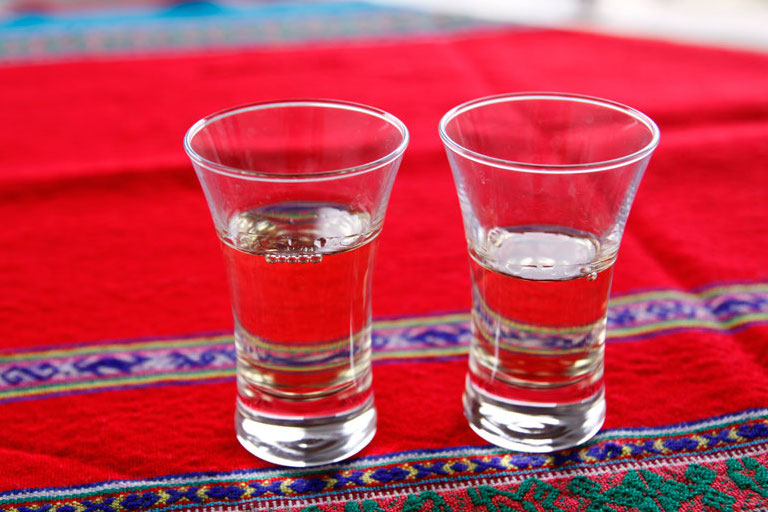
Their national drink is rakija, and it’s made from fermented fruit. Macedonians take great pride in their national drink, indeed. It is closely associated with their traditions and identities.
Surely drinking rakija (also rakia) should be one of the things to do while in North Macedonia. You should try it!
Public Holidays
- New Year’s Day – Jan 1st
- Orthodox Christmas Day – Jan 7th
- Orthodox Easter
- Labour Day – May 2nd
- Eid al-Fitr – May 2nd or 3rd
- Saints Cyril and Methodius Day – May 24th
- Republic Day – Aug 2nd
- Independence Day – Sep 8th
- People’s Uprising against Fascism Day – Oct 11th
- Day of the Macedonian Revolutionary Struggle – Oct 24th
- St. Kliment Ohridski’s Day – Dec 8th
Facts About North Macedonia
Here’s a list of historical facts about the country:
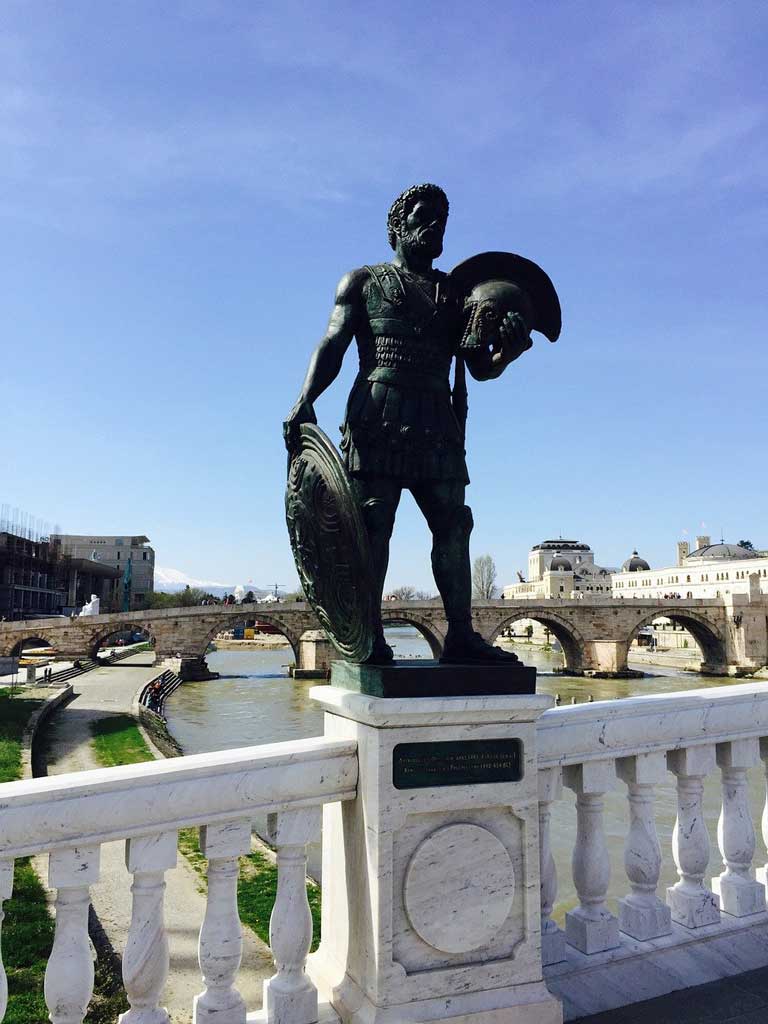
History
- Macedonia earned its name from the kingdom of ancient Macedonia, which was located in the southern part of the region.
- Ancient Macedonia (Macedon) was a junction between the Balkan and Mediterranean civilisations.
- Phillip II formed the League of Corinth — the joining of several Greek states to become one political entity. As a result, the union strengthened his army.
- Ancient Macedonia became known for its military might with Phillip II asking each soldier to carry a 13 to 20 feet long spear. When the soldiers stood together, it created an impenetrable wall.
- Phillip II strived to conquer the Persian Empire but was slain in Macedonia’s then capital city of Aigai.
- Eventually his son, Alexander the Great, realised his father’s dream and conquered the Persian Empire.
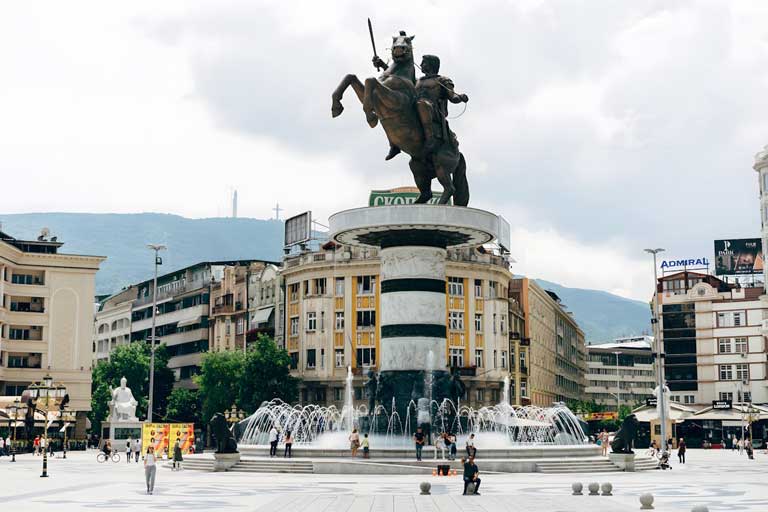
- The Macedonian empire, during the rule of Alexander the Great in the 4th century BC, became the world’s largest empire.
- He reigned for 13 years and had, undeniably, a significant impact on the world’s history.
- After Alexander’s death, the Macedonian empire crumbled owing to him having no heirs.
- Afterwards, military generals divided Macedonia and instigated several civil wars.
- The country has been independent since 1991.
When Did North Macedonia Gain Independence?

They gained independence in 1991 soon after the dissolution of Yugoslavia. During the dissolution, the country remained passive, peaceful, and diplomatic.
The country’s citizens had a referendum, voting to become an independent state. Consequently, on 18th Sept 1991, the results confirmed the will of the people to become an independent state. Following the country’s vote, Macedonians celebrate Independence Day each year on 8th Sept.
Special Sports Achievement
North Macedonia’s people enjoy handball. Skopje’s Kometal sports team brought the EHF Women’s Champions League European Cup home in 2002. For the first time in history, the country’s football team qualified for the 2020 UEFA Championships.
Is North Macedonia in the EU?
The country submitted its EU membership application on Mar 24, 2004. They had submitted the application 13 years after gaining independence from Yugoslavia. The EU approved their application to become a part of the EU on Mar 24, 2020.
Are There Any UNESCO Heritage Sites in North Macedonia?
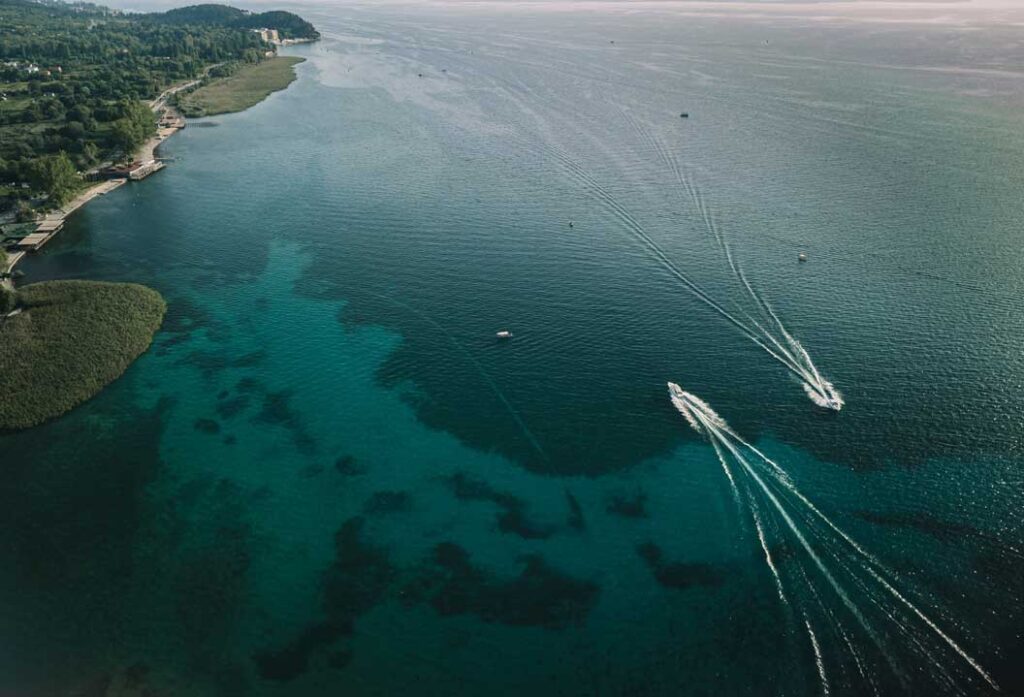
Lake Ohrid and its surroundings is a UNESCO site. The ancient and primeval beech forests of the Carpathians is also a Unesco heritage site. It is a transnational site, crossing 18 countries in Europe.
Leaving you with another interesting fact about North Macedonia:
Have You Heard about Europe’s Only Ruby Mine?
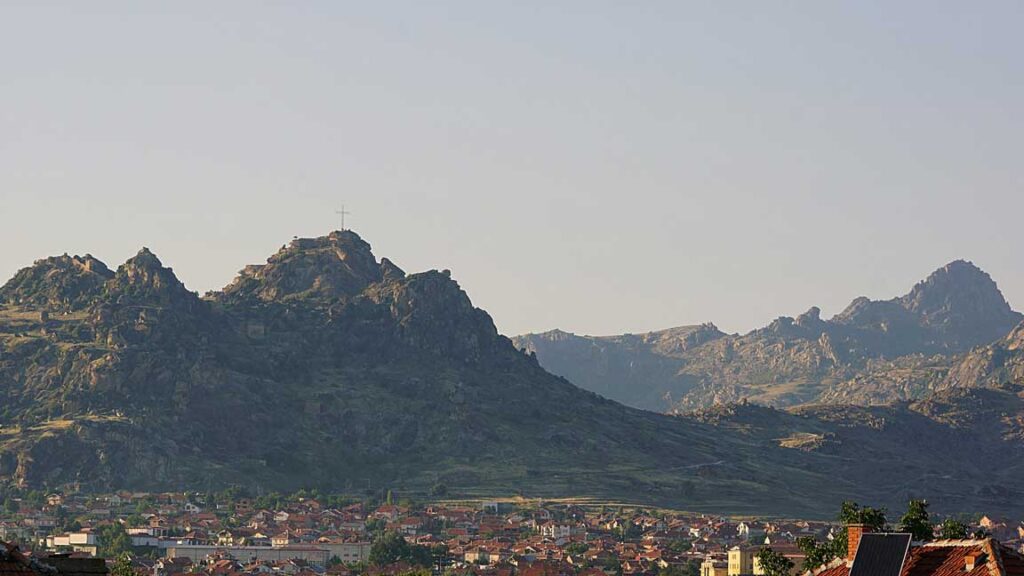
The only ruby mine in Europe calls North Macedonia its home. It’s the only European country with naturally occurring rubies that originate from the ruby mine located in Prilep.

